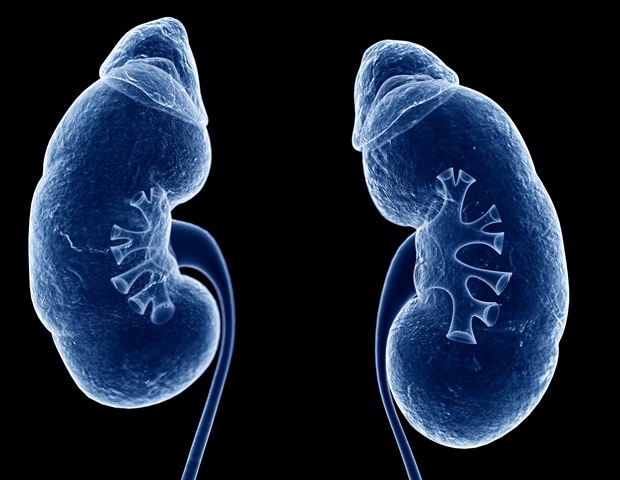In a up to date find out about printed within the magazine JAMA Community Open, researchers investigated the arrangement between the intake of alcohol and the danger of all-cause mortality and the function of bias in influencing the effects.
Find out about: Affiliation Between Day by day Alcohol Consumption and Chance of All-Purpose Mortality. Symbol Credit score: dan.nikonov/Shutterstock.com
Background
The proposition that low ranges of alcohol intake may supply well being advantages and coverage towards all-cause mortality has been extremely arguable.
Observational research and more than a few meta-analyses have reported that people who devour average quantities of alcohol are living longer and feature a decrease likelihood of center illness as in comparison to people who abstain from alcohol intake.
Alternatively, there may be proof that those findings are a results of systematic biases, equivalent to the usage of well being signs that aren’t related to alcohol intake, together with vitamin, dental hygiene, source of revenue, and weight.
Different biases come with the failure to tell apart between entire abstainers and previous drinkers and the chance that abstainers may have deficient well being from different reasons.
Two earlier meta-analyses by way of the similar crew of researchers discovered that once possible confounding variables and biases have been accounted for, low ranges of alcohol intake weren’t related to any aid in mortality chance.
Alternatively, the authors imagine that with the emergence of more moderen, more moderen research, this arrangement must be re-investigated.
In regards to the find out about
Within the provide find out about, the researchers performed a scientific overview of research printed till July 2021 and carried out a meta-analysis to decide associations between alcohol intake and the danger of all-cause mortality.
Moreover, the evaluation additionally investigated the arrangement between all-cause mortality chance and alcohol intake in keeping with median ages and the intercourse distribution within the find out about inhabitants.
To reduce the unfairness related to lifetime variety, the researchers studied cohorts consisting of people recruited sooner than the age of 51 years and adopted up until a minimal median age of 60 years.
To get rid of the unfairness of sick well being related to alcohol abstainers, the evaluation integrated occasional drinkers — people that experience not up to one drink per week — as a comparability.
From the research integrated within the systematic overview, knowledge comprising alcohol intake measures, all-cause mortality results, ages of the cohorts right through recruitment and follow-up, regulate variables, and the forms of mistakes involving the misclassification of alcohol abstainers and customers have been extracted for the meta-analysis.
Effects
The consequences reported that low ranges of alcohol intake (not up to 25 g according to day) weren’t related to discounts in all-cause mortality dangers for both of the sexes. Alternatively, the all-cause mortality chance was once considerably upper for women who fed on greater than 25 g of alcohol an afternoon and men who drank greater than 45 g of alcohol every day.
After accounting for possible biases and confounding results involving sampling and misclassification of former drinkers, low-volume intake of alcohol was once no longer discovered to grant any protecting advantages equivalent to a discounted all-cause mortality chance.
The systematic overview discovered that mistakes involving the misclassification of former or occasional drinkers as abstainers have been reasonably not unusual, with 86 out of the 107 research having such mistakes.
The find out about additionally discovered that biases in classifying abstainers and different traits of the find out about altered the connection between all-cause mortality chance and alcohol intake, with the controls from maximum research attenuating the conceivable protecting results of alcohol intake at low volumes or expanding the hazards of alcohol intake.
Moreover, the usage of occasional drinkers because the reference workforce additionally ended in non-significant protecting results of low-volume alcohol intake as in comparison to the usage of non-drinkers because the reference workforce, which reported meaningful protecting results of low ranges of alcohol use.
Within the totally adjusted meta-analysis fashions, no longer most effective have been the mortality dangers upper for those who drank greater than 45 g of alcohol an afternoon, however for feminine drinkers, the danger was once considerably greater than that for feminine alcohol abstainers.
Conclusions
To summarize, the researchers investigated the arrangement between low-volume alcohol intake and aid in all-cause mortality chance thru a scientific overview of research printed until July 2021 and a meta-analysis of the information from those research.
General, the findings indicated that once all biases and possible confounders have been accounted for, low ranges of alcohol intake didn’t supply any protecting results towards all-cause mortality chance.
Additionally, the effects indicated that women who drank greater than 25 g of alcohol an afternoon have been at a considerably upper mortality chance than feminine non-drinkers, whilst for males, the mortality chance greater with alcohol intake of 45 g an afternoon or extra.
Supply By way of https://www.news-medical.web/information/20230404/What-is-the-association-between-mean-daily-alcohol-intake-and-all-cause-mortality.aspx




